Rammelsberg Mine Goslar Town Harz Water
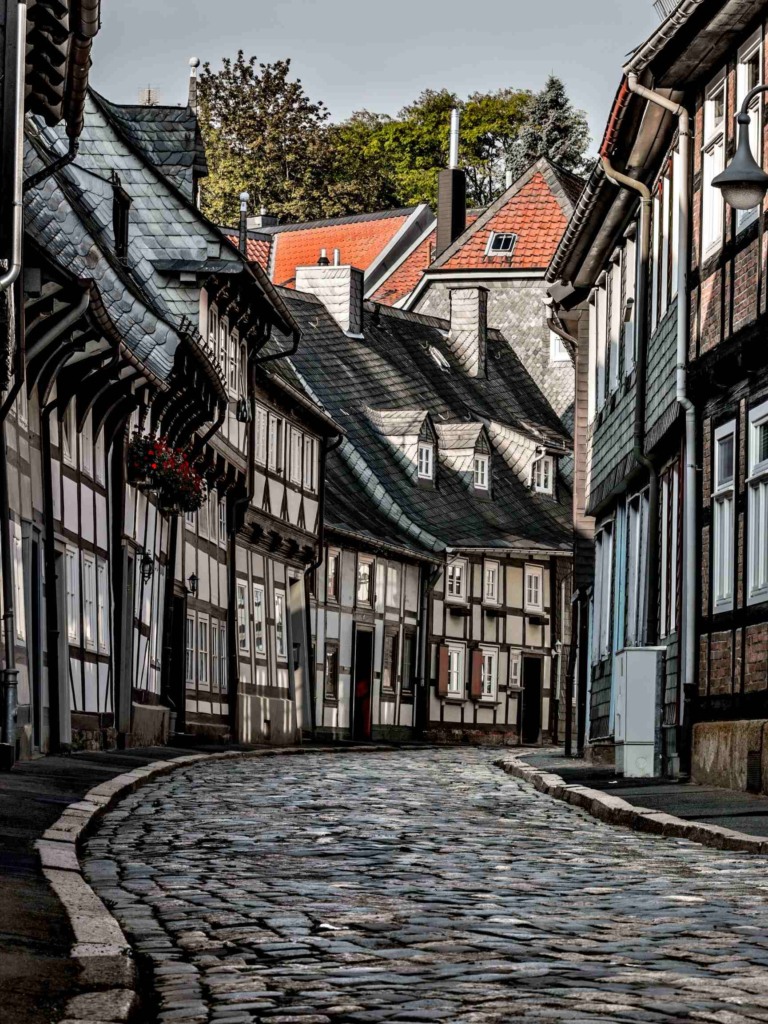
Rammelsberg Mine Goslar Town Harz Water System consists of three interconnected components that showcase the historical importance of mining in Germany.

Rammelsberg Mine Goslar Town Harz Water System consists of three interconnected components that showcase the historical importance of mining in Germany.

The ShUM Sites of Speyer, Worms, and Mainz are three historic Jewish communities in Germany. Speyer, Worms, and Mainz. ShUM stands for the Hebrew initials of these cities, which were significant centers of Jewish culture and scholarship during the Middle Ages. The community in Speyer dates back to the 11th century and was one of the most influential in medieval Europe. The Speyer Synagogue, constructed in the 12th century, is a rare surviving example of Romanesque synagogue architecture. The community in Worms has a history that spans over a thousand years. The Worms Synagogue, also known as the Rashi Synagogue, was built in the 11th century and is named after the famous Jewish scholar Rashi. The community in Mainz was renowned for its intellectual and scholarly achievements. The Mainz Synagogue, built in the 10th century, was an important center of Jewish learning. It represents the architectural and cultural heritage of the Mainz Jewish community.

Bauhaus Sites Weimar Dessau Bernau: Six separate sites make the Bauhaus and its Sites in Weimar, Dessau, and Bernau UNESCO World Heritage Sites in Germany.
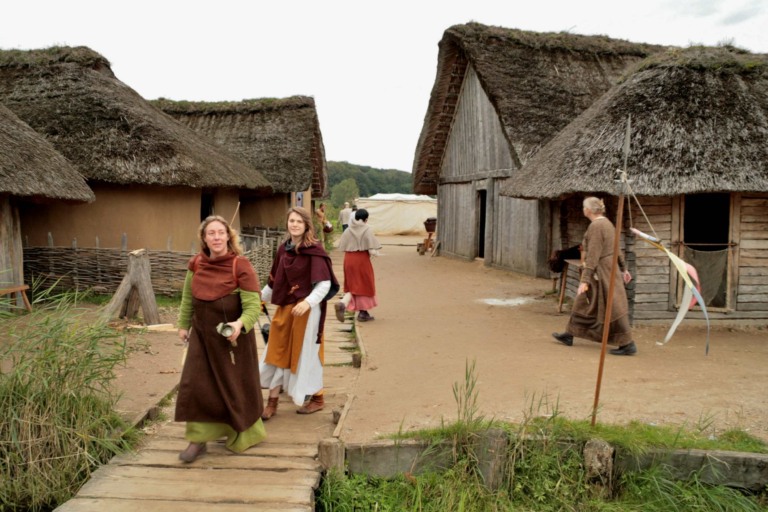
Archaeological Border Complex Hedeby Danevirke: Archaeological Border Complex of Hedeby and the Danevirke is a UNESCO World Heritage site located in Germany.

Berlin Modernism Housing Estates are a group of residential complexes in Germany that comprise six housing estates, showcasing architectural and social ideals.
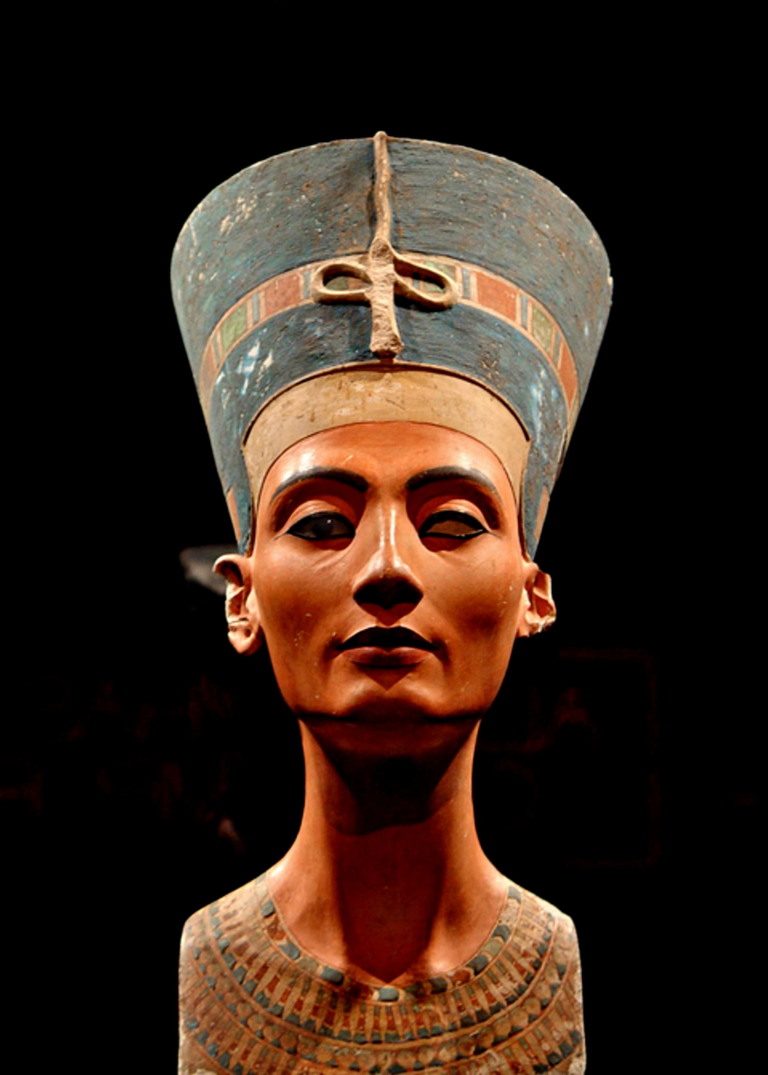
Museumsinsel, aka Museum Island, is located in the heart of Berlin, Germany, and has a fascinating history that dates back to the 19th century. The concept of creating a museum complex on the island was proposed in 1830 by the Prussian King Friedrich Wilhelm III, who envisioned it as a center for art and science. The Altes Museum, designed by Karl Friedrich Schinkel, was completed in 1830 and serves as the starting point of the Museumsinsel ensemble. The Neues Museum, designed by Friedrich August Stüler and opened in 1855, showcases a wide range of Egyptian and prehistoric artifacts. Designed by Friedrich August Stüler and completed in 1876, the Alte Nationalgalerie (Old National Gallery) houses a remarkable collection of 19th-century art. The Bode Museum, named after its first curator, Wilhelm von Bode, was constructed between 1897 and 1904. The Pergamon Museum, completed in 1930, is the most famous and visited museum on Museumsinsel.
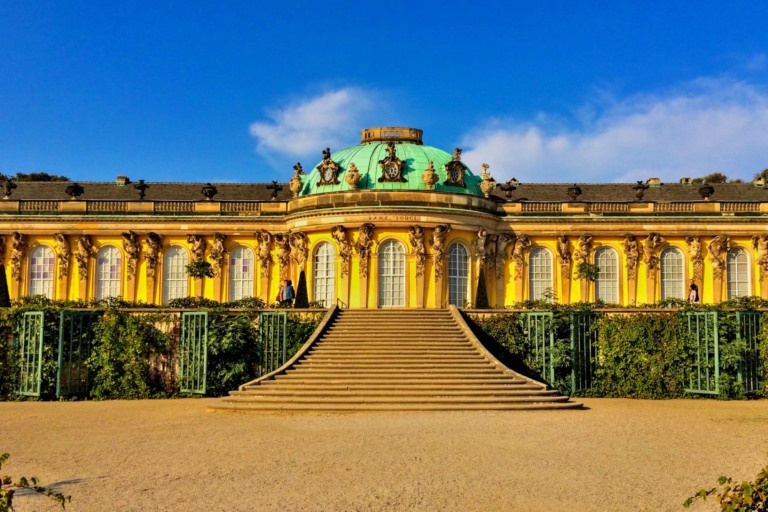
Palaces and Parks of Potsdam and Berlin showcases the rich historical and cultural heritage of the German capital and its neighboring city of Potsdam.

Erzgebirge/Krušnohoří Mining Region: Its rich mining history, technological advancements, and cultural traditions developed around mining activities.

The Collegiate Church, Castle, and Old Town of Quedlinburg are located in the town of Quedlinburg, in the Harz Mountains of Germany. This UNESCO Site encompasses three main components: the Collegiate Church of St. Servatius, the Quedlinburg Castle, and the Old Town itself. At the heart of the Quedlinburg World Heritage Site is the Collegiate Church of St. Servatius. This Romanesque church was founded in the 10th century and expanded over time. It is dedicated to Saint Servatius, a 4th-century bishop. Perched on a hill overlooking the town, Quedlinburg Castle played a significant role in the history of the region. Initially built as a fortress in the 10th century, it was later expanded into a residence for the German kings and emperors during the early Middle Ages. Quedlinburg played a crucial role in the Christianization of the region, with the Collegiate Church serving as an important religious and cultural center.

A travel car driver is more than just a person behind the wheel; they are the guiding force that propels travelers on their journey with a wealth of experience
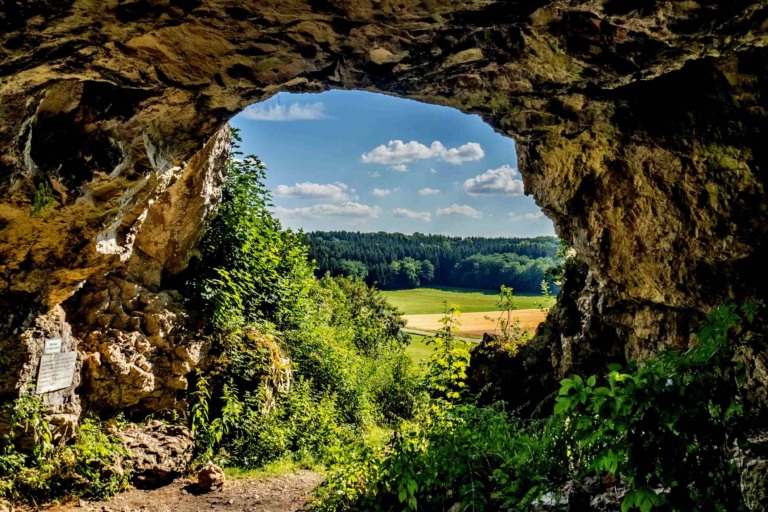
Swabian Jura caves Ice Age Art: Caves and Ice Age Art in the Swabian Jura in Germany is renowned for its exceptional archaeological discoveries, particularly the oldest known figurative art and musical instruments created by early humans during the Ice Age. The caves of Hohle Fels, Vogelherd, Bockstein, and Geißenklösterle are among the key locations within the site. These caves have yielded a wealth of artifacts, including intricately carved figurines, ivory flutes, and other musical instruments. The most famous discovery is the Venus of Hohle Fels, a small female figurine carved from mammoth ivory, estimated to be over 40,000 years old. The Pleistocene epoch spanned from approximately 2.6 million to 11,700 years ago, when early humans, known as Homo sapiens, roamed the Earth, adapting to the harsh environments of glacial periods. The Swabian Jura offered a unique setting for human settlement due to its limestone caves, providing shelter, resources, and a canvas for artistic expression.
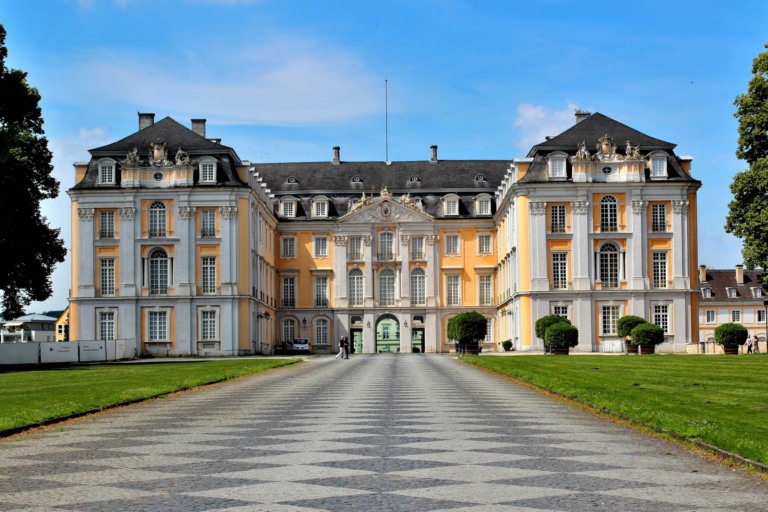
Castles of Augustusburg and Falkenlust, located in Brühl, Germany, are two architectural gems that have stood the test of time. Built in the 18th century.